Share
Celebrating Underwater Photography with Nick Hawkins
We’ve been itching to learn more about underwater photography for quite some time now. A member of PhotoShelter since 2012, Nick Hawkins caught o...
We’ve been itching to learn more about underwater photography for quite some time now. A member of PhotoShelter since 2012, Nick Hawkins caught our eye early on because of his unique ability to convey the complexity of life underwater through his photography.
Photography aside, Nick also has a background in biology, and that no doubt impacts his distinctive style when documenting conservation-related issues. Whether in Eastern Canada covering the current mortality crisis facing North Atlantic right whales or documenting the endangered Pacific green turtle population along the shore of the Nicoya Peninsula in Costa Rica, Nick uses his photography to raise awareness around the impact of human activity on wildlife. His desire is always to inspire others to take larger steps in caring for the fragile ecosystems of the world by sharing the extraordinary beauty and uniqueness of some of the world’s most hidden animal populations and habitats.
In an effort to amplify the important work Nick does, we’ve partnered with our friends over at World Photo Organisation, a global platform for photography initiatives that celebrates the power of photography. All week you can find more of Nick’s images and insights on our Instagram as well as on World Photography Organisation’s feed.
We caught up with Nick to learn more about his methods, behind-the-scenes moments and current initiatives.
Cover image by Nick Hawkins.
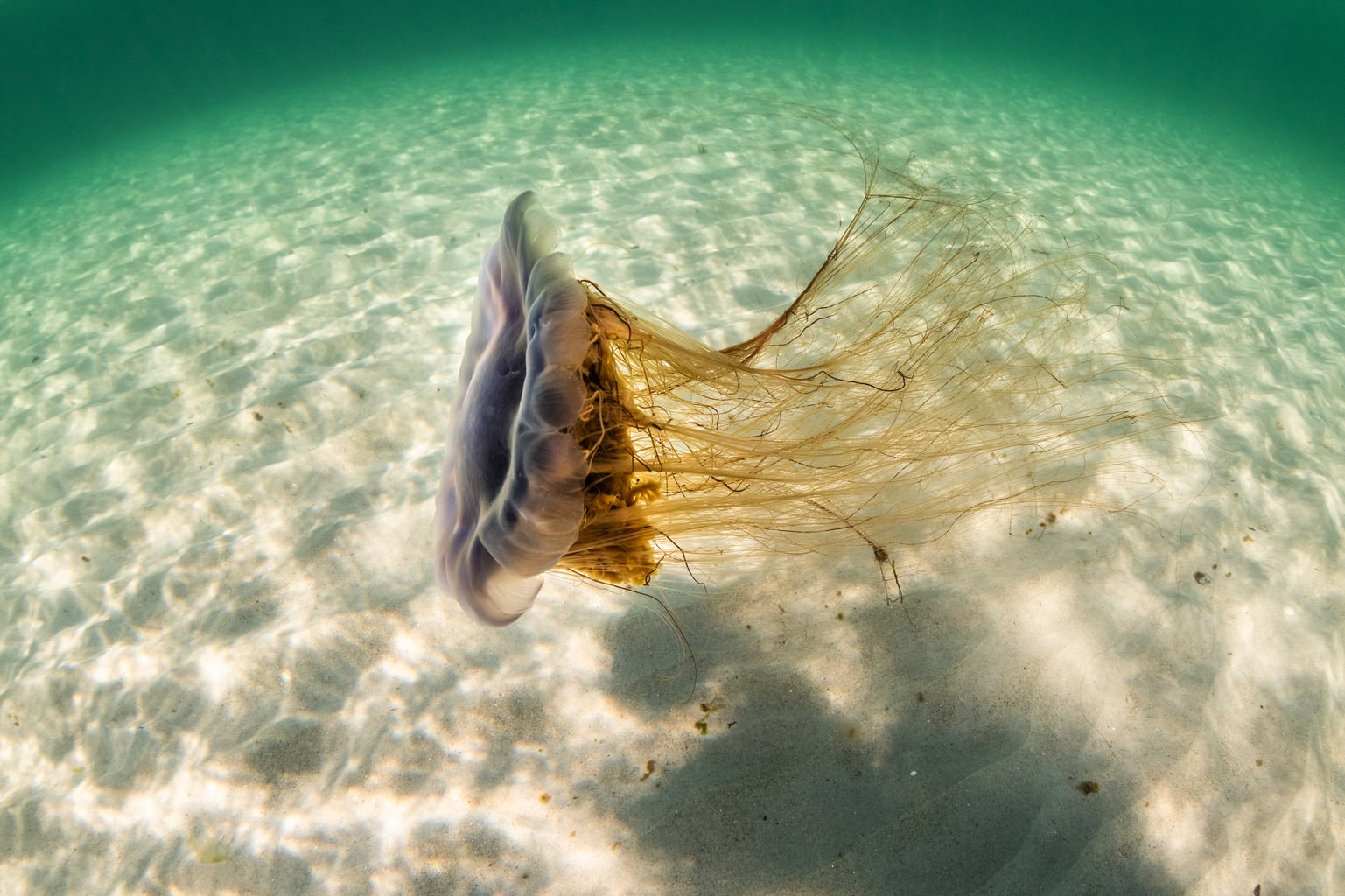
Let’s talk about gear and lighting. How do you approach lighting when shooting underwater? What’s your go-to gear?
Over the years I’ve come to find that when it comes to lighting underwater, less is more. I often try to stay shallow and use natural light when at all possible. Light underwater is constantly changing and very dynamic, I try to take advantage of that as much as possible. When I do need to use strobes, I try to light as sparingly as possible to keep those natural shadows and textures that make the best underwater images so interesting to the eye.
I was recently made an ambassador for Nauticam. Their gear is second to none and it’s a pleasure to shoot every time I bring it underwater. The most important gear underwater is the gear that keeps you warm and comfortable and for this. I have a lineup of BARE wetsuits and drysuits. Lastly, my boat “Calanus” can get us anywhere we need to shoot, from offshore pelagic area to isolated islands and coastline, it can handle the seas and always gets us home safe.
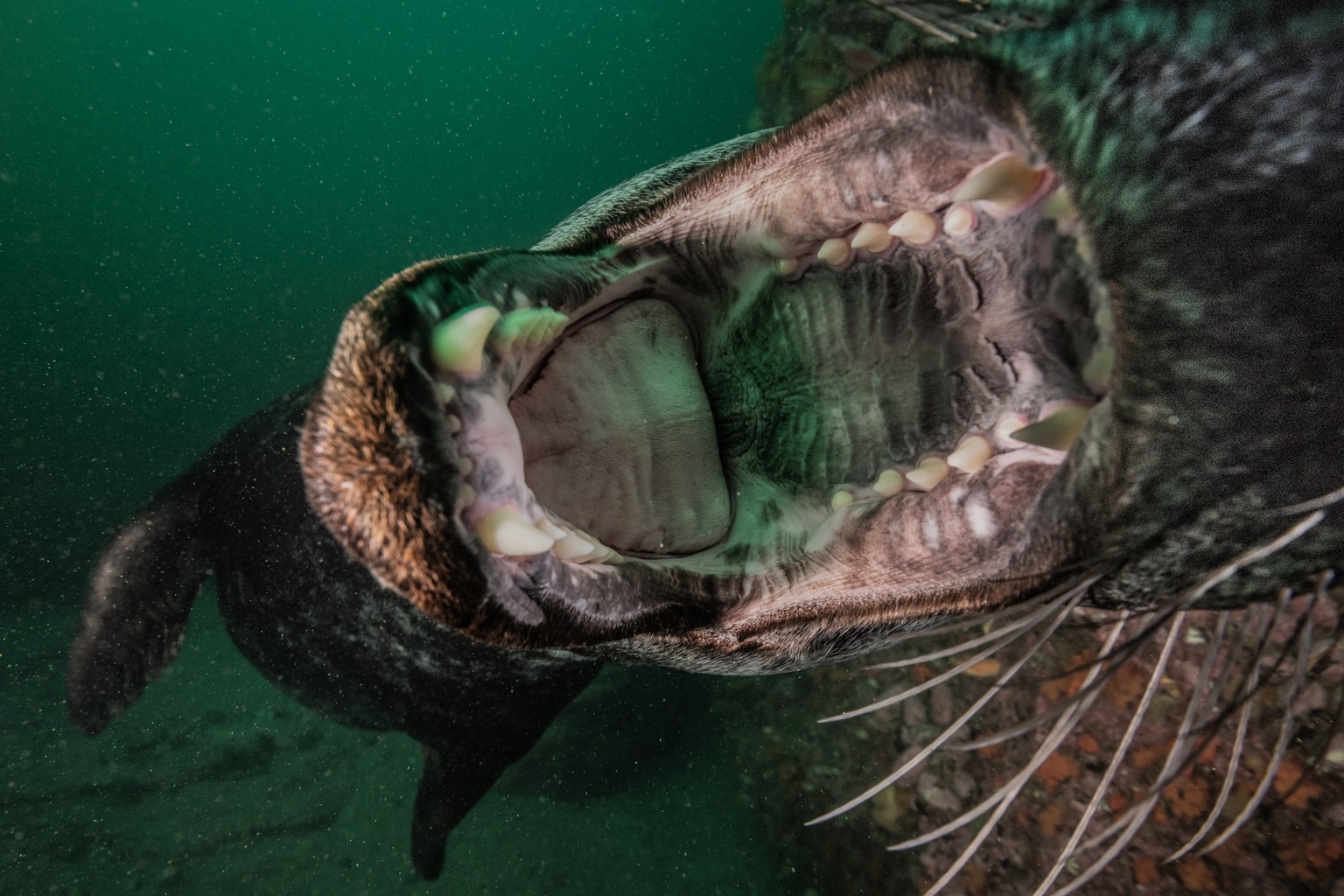
What’s the craziest or most interesting interaction you’ve had with an animal during a shoot?
As an underwater shooter, we get to have some incredible interactions that just don’t happen with terrestrial wildlife. My most memorable experiences are typically with big, intelligent marine life like sharks, whales and seals. Last year I spent some time far off the coast of Nova Scotia working on a project to show just how rich and vibrant life off the coast of Atlantic Canada is. One day I found myself 20 miles out at sea, surrounded by half a dozen blue sharks and then going face to face with a giant mola mola. The next day I was in the murky waters of the Gulf of Saint Lawrence surrounded by 800-pound bluefin tuna until my shoot was crashed by a pod of pilot whales. I met all these animals eye to eye in their own environment and felt nothing but curiosity, beauty and intelligence. It was life-changing.
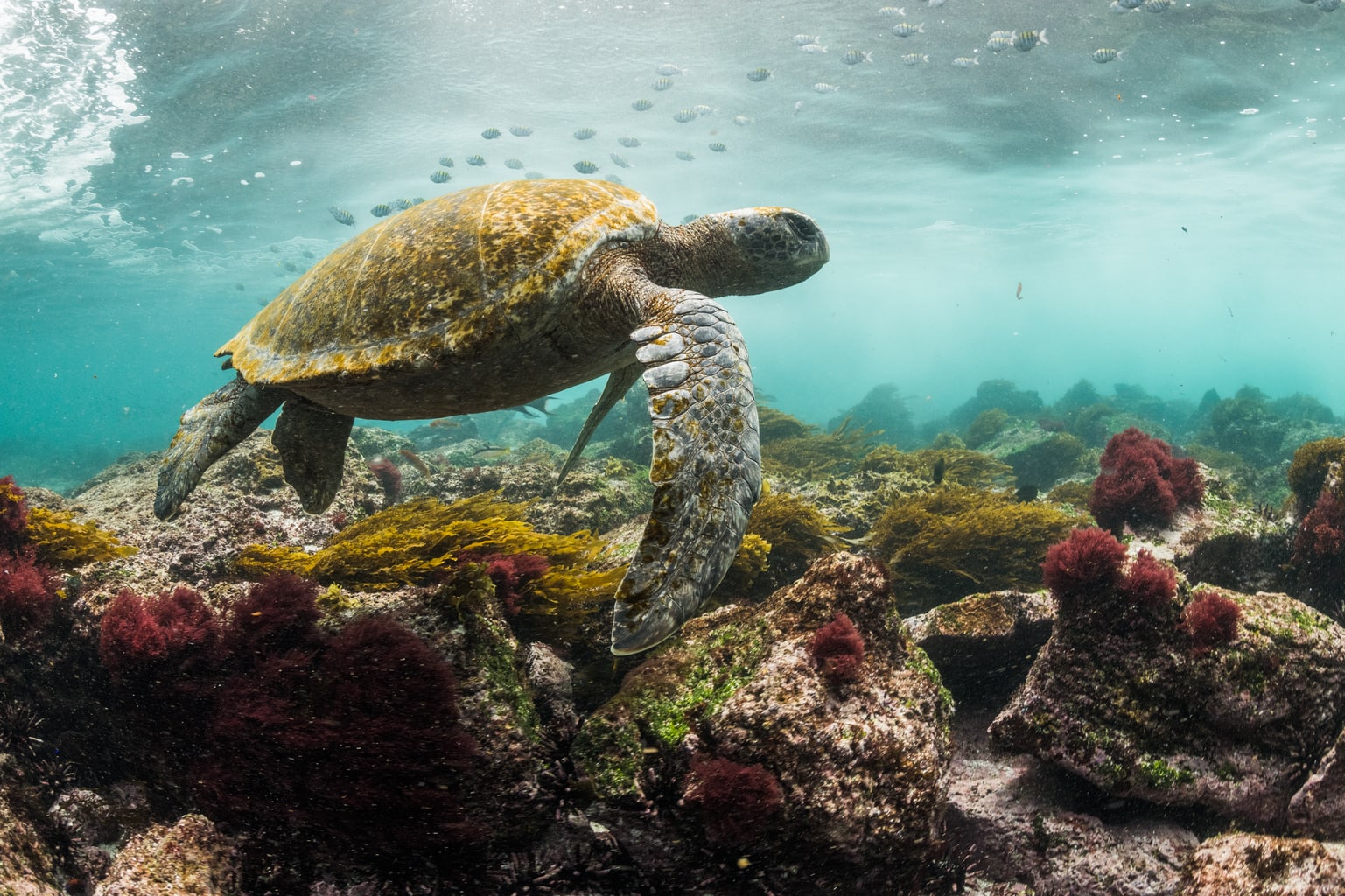
We saw that you have a background in biology. Is that how you got into underwater photography? How has your work with underwater photography affected your thoughts on conservation?
I didn’t pick up a camera until I had completed a degree in biology from the University of New Brunswick. My interest in photography stemmed from a desire to communicate science and share my love for the natural world. During my studies, I had seen that science wasn’t being well communicated to the public and I felt that I could contribute through images and stories that spoke to a more general audience. So I teamed up with researchers and scientists that felt the same way and together we worked to help fill this gap and share their important work in a more accessible way.

How did you get involved with the International League of Conservation Photographers?
I applied and was accepted into their emerging league program, which gives photographers in the early stages of their career a chance to meet with and be mentored by their fellowship. It’s as a great way to meet some of the photographers who were very influential for me and get an experience that has been invaluable in navigating this career.
Can you tell us more about Saving Salmon? (We’re officially obsessed with the Salmon Cam.)
Saving Salmon is a project I started with my good friend and writer, Tom Cheney. We both grew up fly fishing for Atlantic salmon on the Miramichi River and connected through this common interest. We were both very concerned about the declining runs of Atlantic salmon and decided to start producing stories that shared the beauty of Atlantic salmon with more people. We started producing a couple of stories each year for the Atlantic Salmon Journal, a magazine about Atlantic salmon fishing and conservation. We created the Saving Salmon website so our stories and images had somewhere to live more permanently and would be easily accessible. The project has taken a bit of a back seat as Tom and I have been busy working on projects for Smithsonian Magazine and National Geographic, but we hope to share some new stories and images in the coming months.
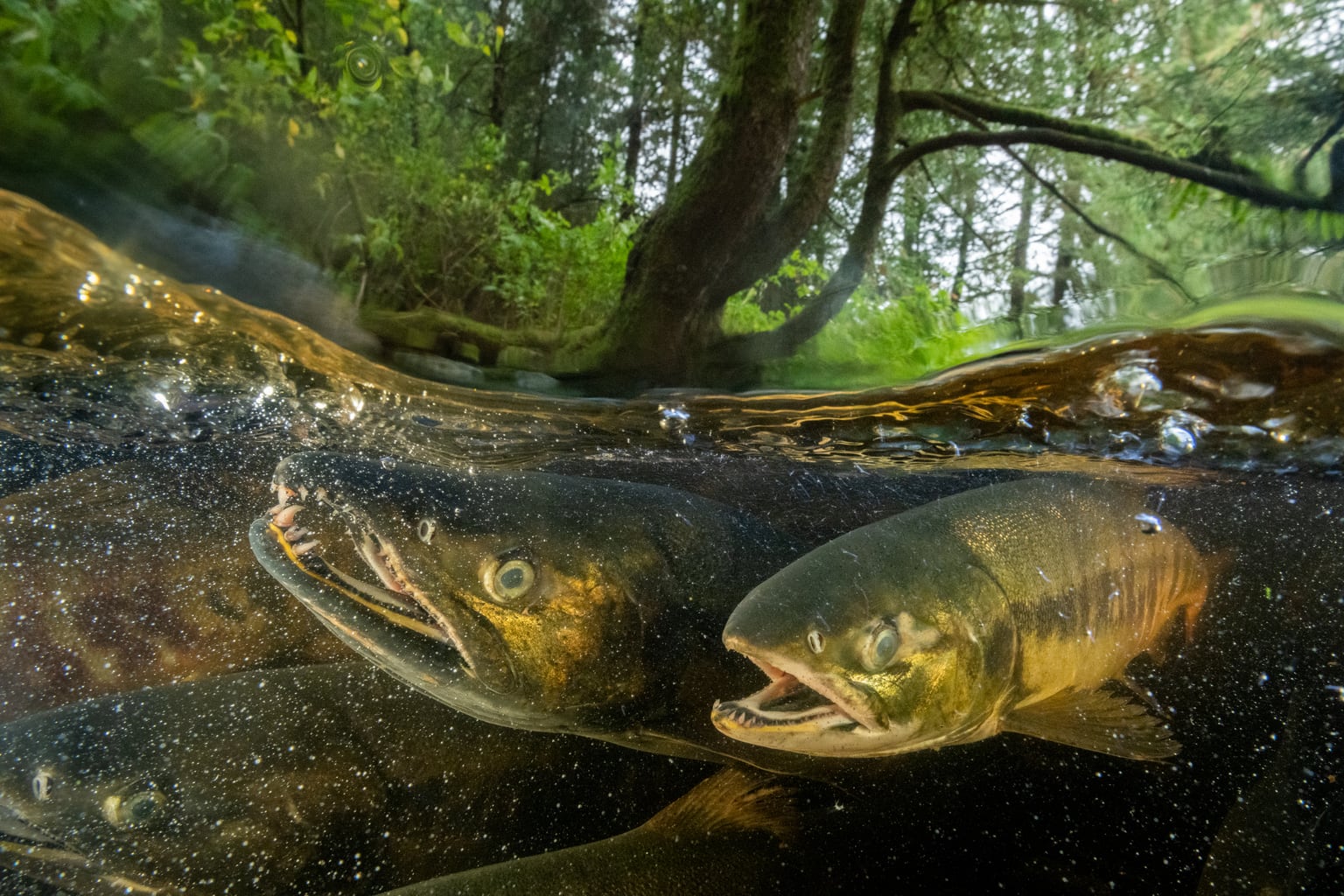
Why does this niche give you a thrill? What are the unique challenges that come with this type of photography?
Underwater photography is certainly the most demanding form of photography I’ve ever done. It’s really more about being a very skilled diver and mastering the logistical challenges that come with it. It can be very frustrating at times and there are many days where you come away with nothing. Although, the higher the difficulty and risk, the greater the reward. If you can get into the right place at the right time, you can come away with images that few people have ever seen. So much of the underwater world has never been captured, and that’s what makes it so exciting as a photographer.
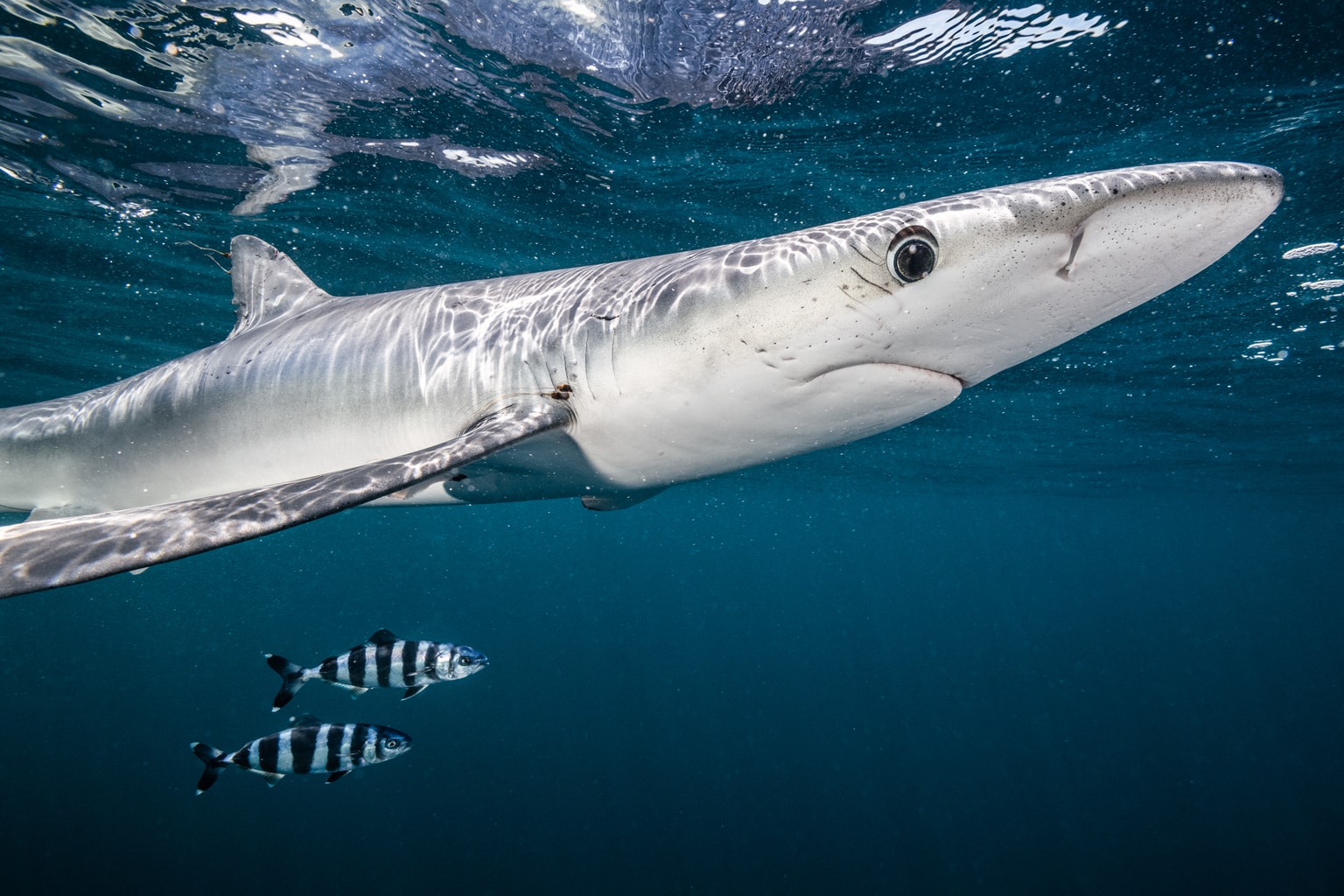
Have a favorite place to shoot underwater?
Any place that’s new! There are too many incredible ecosystems to pick just one.
What do you hope people take away and learn from your work?
Much of my work is now focusing on ecosystems and species that are in decline as a direct result of human activity. All species are part of a complex natural system that depends on diversity to be resilient and productive. Humans are part of this system and will suffer the consequences as we gradually erode that which we depend on most for survival, for a meaningful life and for freedom and the pursuit of happiness. Much of my work is done in conjunction with organizations and researchers who are working hard to push policy and decision making that will bring us towards a more sustainable future. I hope my work helps to elevate their efforts. I think if we were to save the world with beautiful photographs alone, we would have done it long ago.

Proudest moment of your career?
Any time I can get an important issue a major headline I feel a profound sense of accomplishment. Over the past month, I’ve been working in Eastern Canada covering the current mortality crisis facing North Atlantic right whales, an endangered species that now number less than 400 individuals. Our story was just released by National Geographic and can be read here.

Be sure to follow along this week on our Instagram feed to see more of Nick’s images and insights. You can also find more of his work on his website and on his Instagram.


